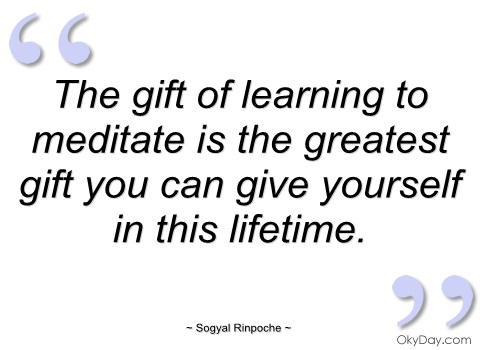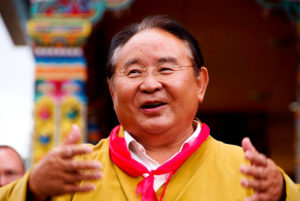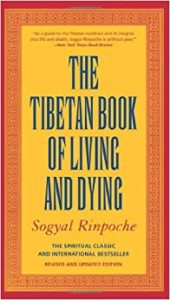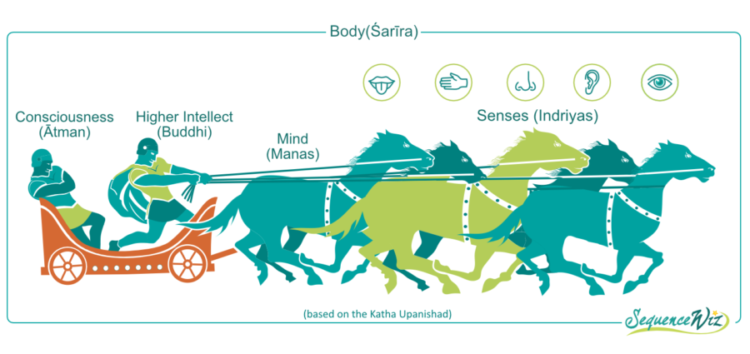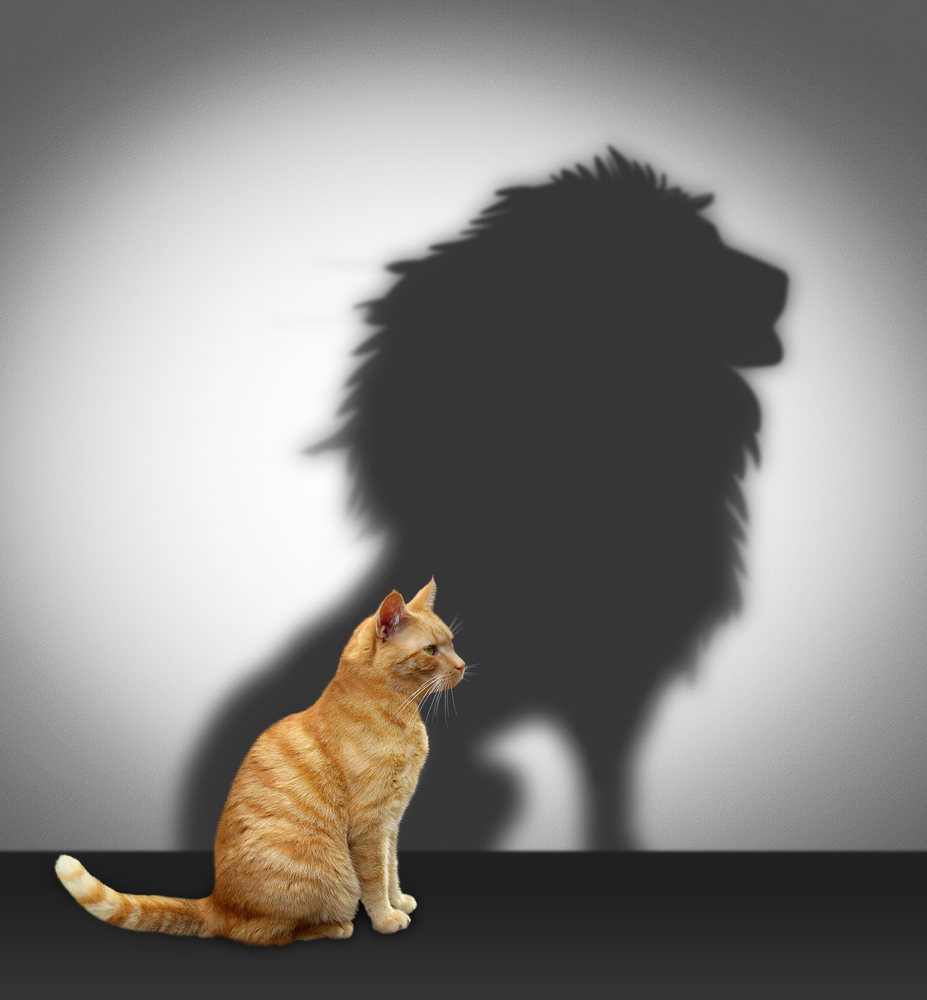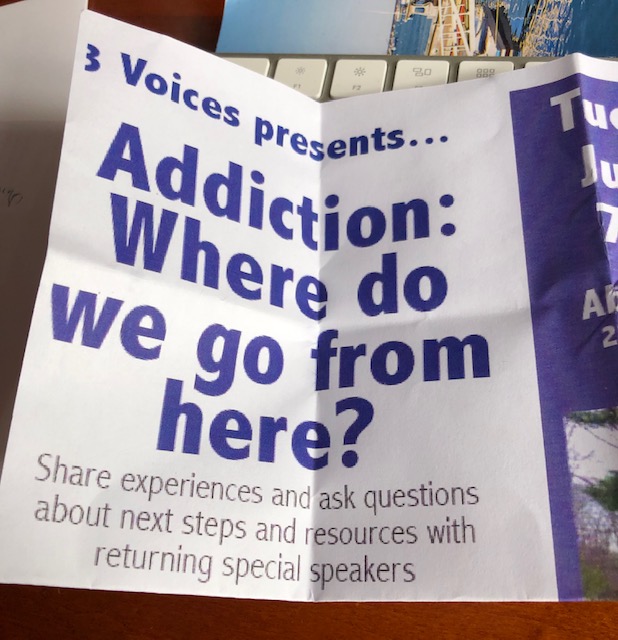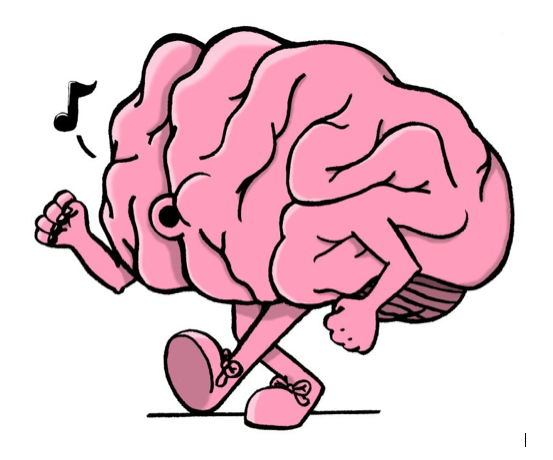What we’re seeking remains elusive…
It’s one of those things that once we see it, we can’t un-see it, but after a while the realization fades from our mind’s eye, to be recalled either when something triggers it, or willfully.
It’s counter-intuitive to look inside ourselves to find what’s “missing” from our lives. Rather, it’s natural to search elsewhere for love, satisfaction, affirmation; to calm one’s fears and abate one’s desires; to ease stress, anxiety; to find purpose and fulfillment.
According to ancient Hindu legend, the gods agreed to hide the secret to everlasting peace (i.e., the realization of one’s own divine essence) from mankind because we were abusing it. After some debate, the gods agreed not to hide it deep in the earth, or in the deepest ocean, or on top of the tallest mountain – but rather within our own being, knowing that would be the last place we’d look for it.
…and demands dogged pursuit.
Realizing the immutable, eternal nature of our own consciousness is only half the battle. Once discovered, it’s a matter of keeping it in mind, that we don’t lose sight of it and slip back into our historical, natural patterns of perception and behavior, as beautifully described in this excerpt from “The Tibetan Book of Living and Dying,” by Sogyal Rinpoche:
“In the Sufi Master Rumi’s “Table Talk,” there is this fierce and pointed passage:
The master said there is one thing in this world which must never be forgotten. If you were to forget everything else, but were not to forget this, there would be no cause to worry, while if you remembered, performed and attended to everything else, but forgot that one thing, you would in fact have done nothing whatsoever.
It is as if a king had sent you to a country to carry out one special, specific task. You go to the country and you perform a hundred other tasks, but if you have not performed the task you were sent for, it is as if you have performed nothing at all. So man has come into the world for a particular task, and that is his purpose. If he doesn’t perform it, he will have done nothing.
All the spiritual teachers of humanity have told us the same thing, that the purpose of life on earth is to achieve union with our fundamental, enlightened nature. The “task” for which the “king” has sent us into this strange, dark country is to realize and embody our true being. There is only one way to do this, and that is to undertake the spiritual journey, with all the ardor and intelligence, courage and resolve for transformation that we can muster.”
An illustrative tale
Click on the link below to hear Danny Kaye tell “The Tale of the Name of the Tree.” As only he could, Kaye shares a childhood story, the moral of which is that unrelenting determination doesn’t just lead to success, it can literally unlock the key to life.
Danny Kaye – “The Tale of the Name of the Tree”
God bless, Allan



